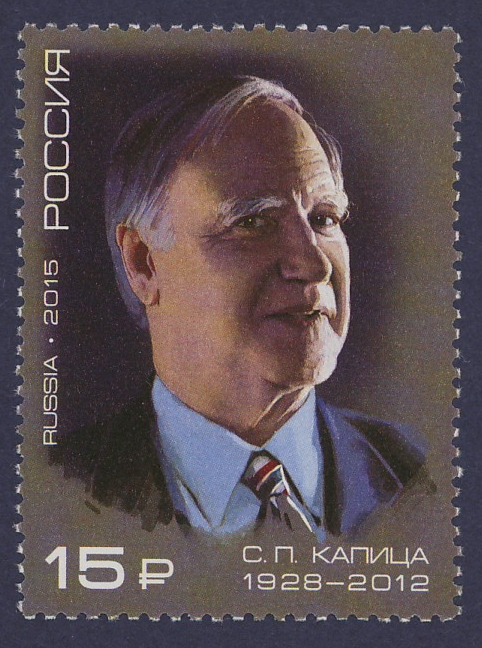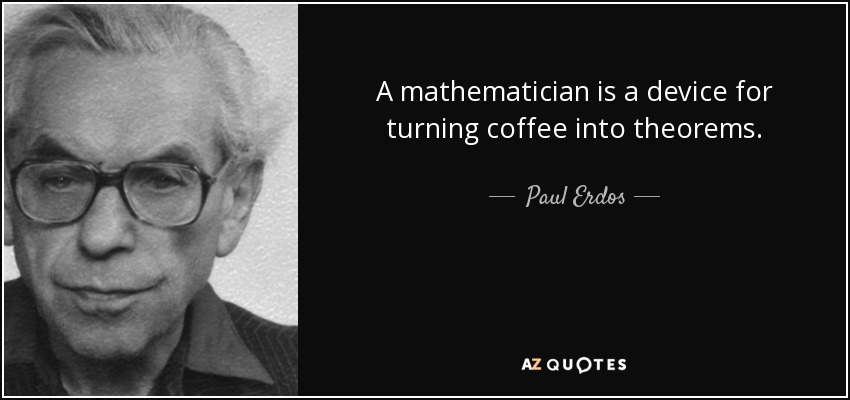Russian physicist and future Nobel Prize winner, Pyotr Kapitsa, when he was young, was on exchange in the Rutherford laboratory (in Chilton, Oxfordshire, UK). After the term was over, he wanted to stay and work there, but Rutherford wasn’t in favour of it.
Then Kapitsa asked him, “What is the usual error margin in your lab’s experiments?”
Bewildered, Rutherford answered, “About 3%.”
“There’re 30 scientists employed in your lab. So with your precision, you won’t even notice me!”
Rutherford so liked this that Kapitsa was accepted.

Pyotr Leonidovich Kapitsa or Peter Kapitza (1894–1984) was a leading Soviet physicist and Nobel laureate, best known for his work in low-temperature physics.
Ernest Rutherford (1871–1937), was a New Zealand-born British physicist who came to be known as the father of nuclear physics. Encyclopædia Britannica considers him to be the greatest experimentalist since Michael Faraday (1791–1867).
Hungarian mathematician Paul Erdos, in his late years, suffered from terrible vision problems, which made it extremely difficult for him to read. Colleagues arranged for him to have a corrective procedure at the local hospital.
He was taken to meet the surgeon, who began to explain the procedure to Erdos. However, Erdos declared that he was not interested in the details of the operation and simply wished to know “Will I be able to read?”
“Yes” was the surgeon’s reply, noting that correcting his vision was the point of the procedure.
Some weeks later, on the day the procedure was scheduled, Erdos arrived at the hospital with his colleagues. After going through the necessary preparations, Erdos was wheeled into the operating theatre to the waiting surgical team. As they began to dim the lights to start the procedure, Erdos sat up and demanded to know what was going on.
“We are dimming the lights to begin the procedure,” was the reply.
“But you said I could read!” was Erdos’ innocent response.

Paul Erdős (1913–1996) was a renowned Hungarian mathematician. He was one of the most prolific mathematicians and producers of mathematical conjectures of the 20th century. He was known both for his social practice of mathematics (he engaged with more than 500 collaborators) and for his eccentric lifestyle (Time magazine called him The Oddball’s Oddball). He devoted his waking hours to mathematics, even into his later years — indeed, his death came only hours after he solved a geometry problem at a conference in Warsaw. Erdős published about 1,500 mathematical papers during his lifetime, a figure that remains unsurpassed. He firmly believed mathematics to be a social activity, living an itinerant lifestyle with the sole purpose of writing mathematical papers with other mathematicians. Erdős’ prolific output with co-authors prompted the creation of the Erdős number, the number of steps in the shortest path between a mathematician and Erdős in terms of co-authorships.
More at https://math.stackexchange.com/questions/28885/anecdotes-about-famous-mathematicians-or-physicists
Image of postage stamp of Kapista courtesy: Science on Stamps
Image of Paul Erdos quote courtesy: https://www.azquotes.com/
